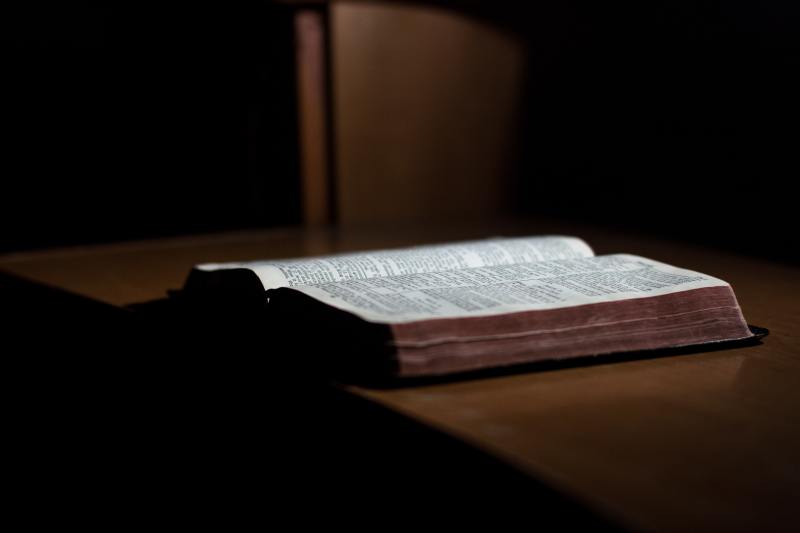
The Associates for Biblical Research (ABR) announced the inscription of the "Defixio" or "Curse Tablet" in a press conference held on last Thursday at the Lanier Theological Library in Houston, Texas.
According to the ABR, the small and folded tablet came to light when the ABR's Director of Excavations and the Director of the Archaeological Studies Institute, Dr. Scott Stripling led a team to wet sift the material from Professor Adam Zertal's excavations on Mt. Ebal more than 30 years ago.
"Cursed, cursed, cursed - cursed by the God of YHWH, you will die cursed, cursed you will surely die, cursed by YHWH cursed, cursed, cursed," says the inscription of the earliest proto-alphabetic Hebrew according to the ABR team. The inscription was composed of 40 letters and was now believed as the earliest Hebrew inscription from ancient Israel.
To decipher the inscribed letters, Dr. Stripling teamed up with four scientists from the Academy of Sciences of the Czech Republic and two epigraphers named Pieter Gert van der Veen of Johannes Gutenberg-Universität Mainz and Gershon Galil of the University of Haifa who specialized in deciphering ancient texts. The scientists used advanced tomographic scans to decode the hidden text.
"I believe the amulet dates to the Late Bronze II age, or as early as 1400 BC," Stripling told The Jerusalem Post. He said "This is earlier than many skeptics believe the Bible existed...Making this the earliest appearance of the word YHWH in Israel and it was found at a covenant site. The implications are enormous and will reverberate for many years to come."
Based on the report, Mount Ebal was the mountain where the curses were laid out, and where the Israelites made a covenant with God prior to entering the "promised land", citing the verse in Deuteronomy 29:11. Dr. Stripling and Van der Veen believed that the amulet was chronologically associated with the ceremony of covenant renewal.
"I think it is plausible that there is a connection," Van der Veen said. "The very fact that the amulet refers to 'curse' and Mount Ebal is referred to as where the curses were read out, I think clinches the connection between this amulet and the covenant renewal ceremony." Galil also linked the inscribed text to the biblical account when the children of Israel were told to choose between life and death.
"This changes our timeline for the Exodus from Egypt and subsequent entry into Israel," Dr. Stripling noted. Scholars agreed in consensus that the Exodus and Israelites civilization in Canaan occurred during the 13th century BC. "The conquest would have had to take place at an earlier date," Stripling said.
"It is clear that the person who inscribed the text was a genius," Galil said. "He was probably a leader. The amulet was intentionally left near this cultic site. My conclusion is that the biblical story of Joshua's altar is a historical fact."
Stripling said other researchers negated their position, saying it was not possible for "no alphabetic script with which to write it". According to him, no one can argue that the biblical text wasn't written until the Persian or Hellenistic period.
"This amulet and its inscription do not predate the Bible," he continued. "We believe it coincides with the biblical events. We talk about verisimilitude, a consistency between what we read in the text and what we find in the material culture. If the text were true, this is what you would anticipate finding, and indeed, it is what we found."
The Christian Post reported that ABR would release an academic and peer-reviewed article later this year.



















